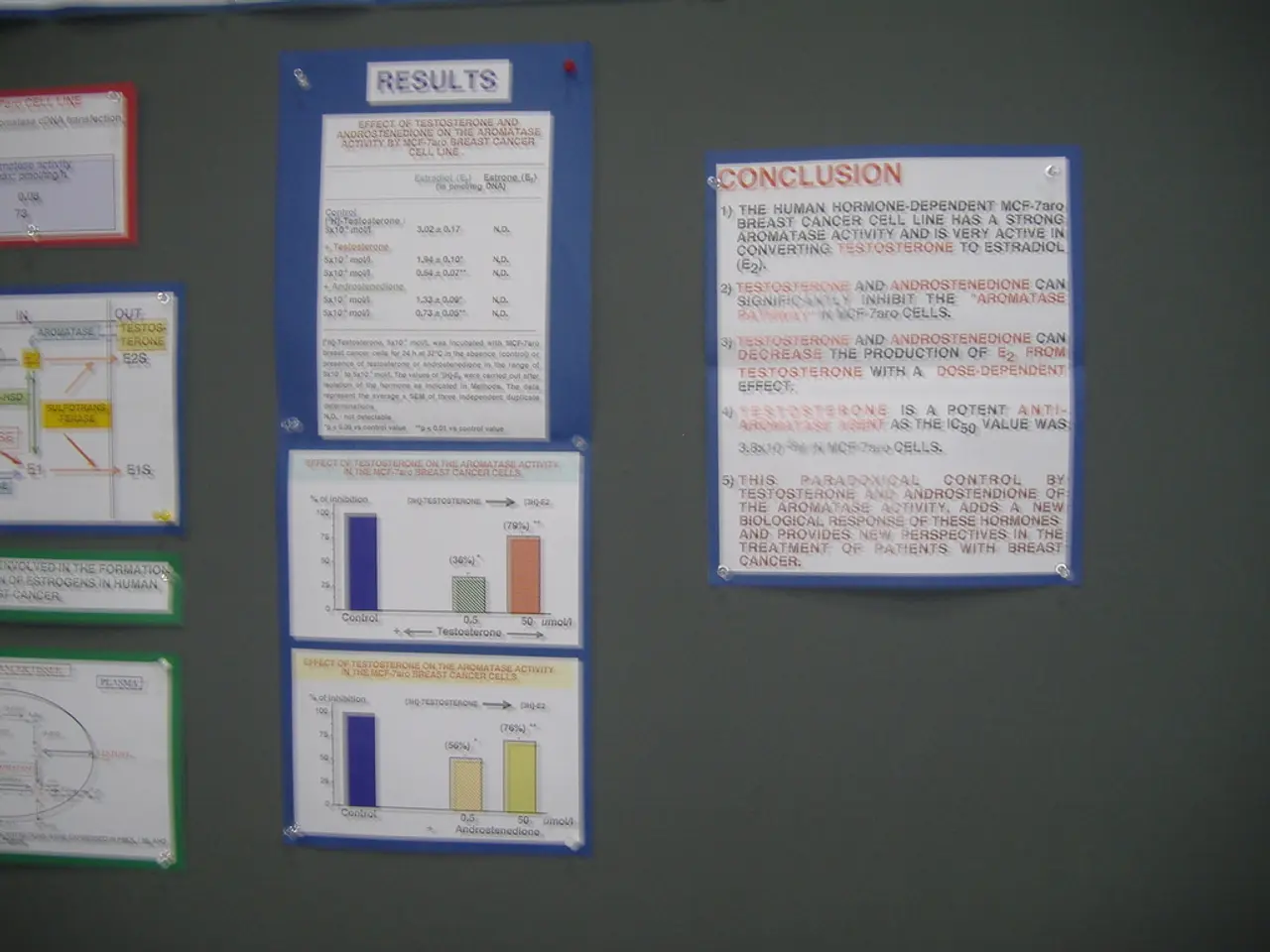Strategies for Growing Your Legal Practice through Estate Planning
In the realm of estate planning, a structured, client-centered workflow is key to optimizing lead conversion, maintaining client relationships, and delivering personalized, effective services. This approach is exemplified by boutique estate planning firms, which strike a balance between complex strategies and personalized attention.
For improving follow-up, these firms implement a robust, consistent system using automated email campaigns or personalized check-ins. The goal is to maintain engagement and nurture leads over time, keeping the firm top-of-mind for clients. Neglecting prospects after initial contact is avoided, as firms provide educational content and additional value to build trust and encourage clients to move forward with estate planning.
Implementing annual maintenance programs is another crucial aspect. Firms establish formal maintenance plans that include regular reviews and updates of estate plans, ensuring they adapt to changes in client circumstances, tax laws, and financial goals. A team-based approach is employed, with attorneys, paralegals, and support staff collaborating to manage ongoing client data collection, document updates, and follow-through. Annual maintenance programs prevent plans from becoming stale and strengthen client relationships by demonstrating ongoing care and proactivity.
Training team members for conversion is also essential. Comprehensive training programs are developed, tailored to team roles, ensuring everyone understands the estate planning process and client needs. Training includes both technical estate planning knowledge and the firm’s values and culture, so team members can convey the firm’s unique approach and build client trust effectively. A sales accountability framework is integrated, where performance is regularly assessed and team members are encouraged to align with the firm’s goals and best practices.
"Closing the room" is a proven process that reduces no-shows, eliminates ghosting, and improves conversion rates. During a strategic shutdown of a law firm, the ideal follow-up system can be mapped out, and each team member's role in the client journey can be clarified. The shutdown also provides an opportunity to align the firm with long-term business goals.
The role of a non-attorney salesperson (NAP) includes closing the room, handling objections, and helping the client make a decision. An NAP can handle critical next steps in the follow-up process, freeing up the attorney's time for high-level client work. The annual maintenance offering can be designed or refined during these strategic periods.
The annual maintenance program is a game-changing approach for sustainable growth in estate planning and elder law, providing recurring income and year-round client engagement. With a maintenance plan, firms gain the freedom to invest in better systems, hire more support staff, and scale without burnout. A transactional model in estate planning and elder law creates a rollercoaster of revenue, while a maintenance plan provides predictable revenue.
In conclusion, by adopting these methods, estate planning firms can create a structured, client-centered workflow that optimizes lead conversion, maintains client relationships through regular updates, and empowers the team to deliver personalized, effective estate planning services.
- To further foster clients' trust and promote career growth for team members, estate planning firms implement comprehensive training programs focused on both technical estate planning knowledge and the firm's culture and values.
- A key aspect of sustainable growth for estate planning firms is the development of an annual maintenance program, a game-changing approach that offers recurring income, year-round client engagement, and the chance to invest in better systems and resources.
- In addition to attorneys, paralegals, and support staff, boutique estate planning firms also employ non-attorney salespersons (NAPs) who play a crucial role in closing sales, handling objections, and ensuring seamless follow-up processes.




